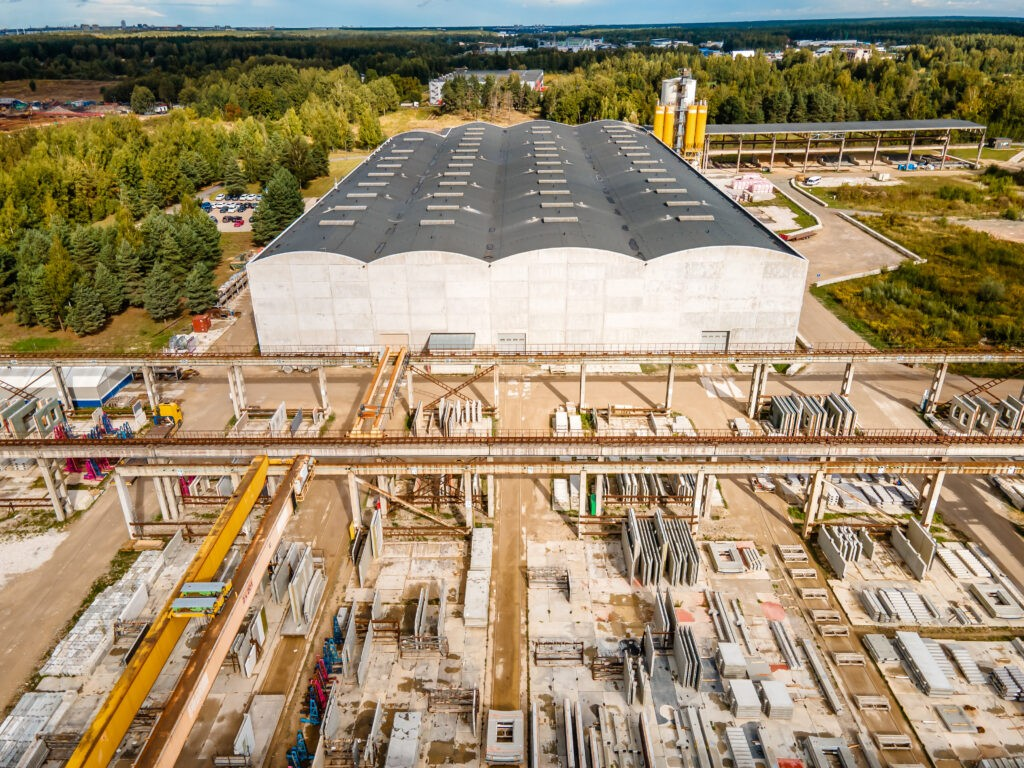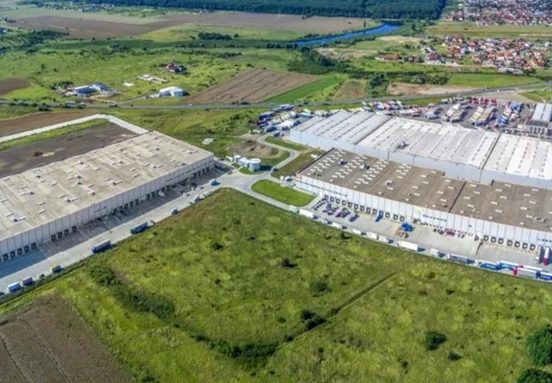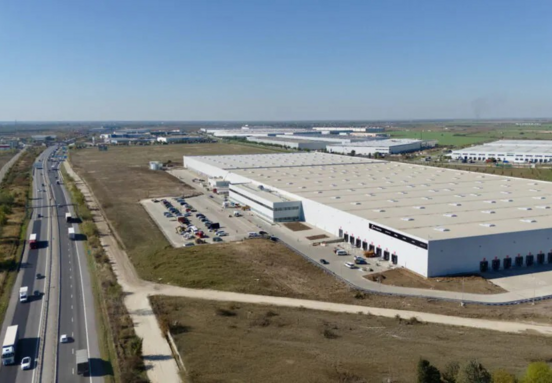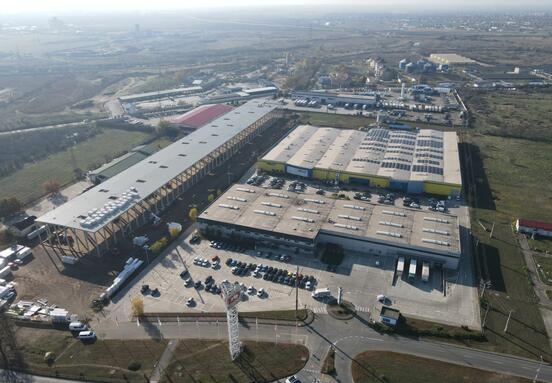Romania's industrial sector: a crossroads of potential and challenge
Romania is currently a focal point for industrial development, balancing ambitious project pipelines with pressing economic realities.
While a substantial volume of new industrial and logistics projects are planned or underway, they face significant delays in obtaining necessary authorizations.
Simultaneously, recent economic data indicates pressure from declining industrial output and rising material costs, though a strong revitalization factor is emerging from global supply chain shifts.
Key market insights for industrial development
According to Construct Intelligence, based on Victa data, the scope of industrial projects in Romania is impressive, yet bottlenecked:
Over 1,000 production space projects are currently stalled at the authorization stage.
The estimated value of these projects totals approximately 45.52 billion RON.
These projects encompass a vast planned area of 6.45 million square meters.
A total of 1,898 industrial projects are being monitored for 2025.
Significantly, over 70% of funding is private, underscoring the market's reliance on investor confidence.
These figures highlight a robust pipeline of investment, but the slow pace of authorization is causing considerable delays, impacting the transition from planning to actual execution.
Lagging production and rising costs
Despite the planned projects, real industrial output shows a challenging trend:
Industrial production in the first five months of 2025 saw a 2.8% decrease (gross series) compared to the previous year, with manufacturing down 3.4%. (Source: Ziarul Financiar)
The first half of 2025 registered a 2% gross decrease in industrial production. (Source: Profit.ro)
Material costs are also climbing, with construction materials experiencing an average annual increase of 6.2% from January to August. Specific items like cement (+8.1%), metallic reinforcements (+7.4%), and basaltic mineral wool (+9.2%) saw even sharper rises. (Source: InfoConstruct)
These trends indicate that budgets for projects, especially those facing prolonged authorization delays, will need constant adjustment, potentially eroding profit margins. Inflation, energy costs, interest rates, and logistics expenses further complicate investment timelines for private developers.
The nearshoring opportunity: Romania's growing appeal
A significant counter-balance to these challenges is Romania's increasing attractiveness as a nearshoring destination. Thanks to competitive costs and developing infrastructure, the country is drawing industrial relocations.
This trend is driving growing demand for modern industrial spaces and integrated logistics solutions, presenting a clear opportunity for businesses seeking to optimize their supply chains and operational footprints in Europe.
Navigating the risks in Romanian industrial construction
Businesses looking to invest in Romanian industrial real estate should be aware of several key risks:
Unexpected material price hikes: Disruptions in supply chains or import markets could lead to unforeseen cost escalations.
Legislative and regulatory delays: Beyond initial authorizations, obtaining environmental permits and ensuring access to utilities can cause further setbacks.
Demand dynamics: A slowdown in industrial production or a dip in external demand could lead to an oversupply of industrial spaces.
Energy costs and sustainability requirements: These factors are increasingly crucial for securing financing and maintaining competitiveness.
Strategic outlook and recommendations for investors
To mitigate risks and capitalize on opportunities, strategic approaches are vital for businesses and developers:
Optimizing approvals and financial flexibility
The simplification and digitalization of authorization processes are critical for accelerating investments. For developers, flexible financial planning that accounts for potential increases in material and energy costs is essential to maintaining project viability.
Targeting key growth regions
Strategic regions like Cluj, Timiș, Arad, Iași, Galați, and Brașov are identified as prime locations for industrial investments, offering developing infrastructure and competitive advantages.
Embracing sustainability and collaboration
Projects that adhere to ESG (Environmental, Social, Governance) criteria will find easier access to financing. Furthermore, robust public-private partnerships can significantly support the development of necessary infrastructure and utilities for large-scale industrial projects.
Conclusion: a promising future amidst transition
Romania possesses genuine industrial potential, backed by an estimated 45 billion RON in investments. However, 2025 data indicates that this potential is yet to be fully realized, with industrial production declining, costs rising, and delayed authorizations creating uncertainty.
For the industrial construction sector, 2025 is a transitional year. Those who efficiently manage authorizations, costs, and market demand will gain a competitive edge. Enhanced collaboration between authorities and the private sector is key to transforming Romania into a leading regional industrial hub.
Source: infohale.ro







